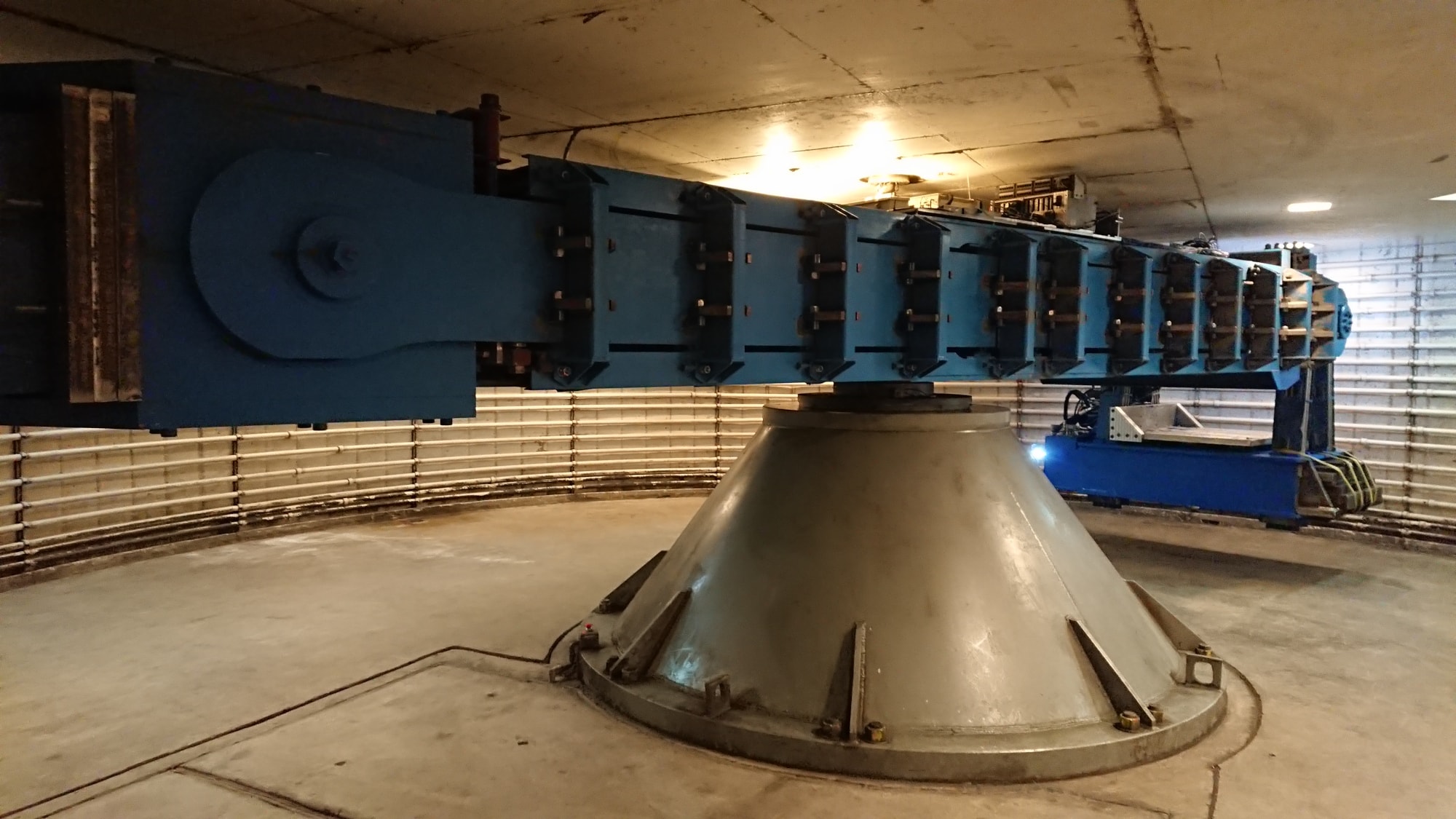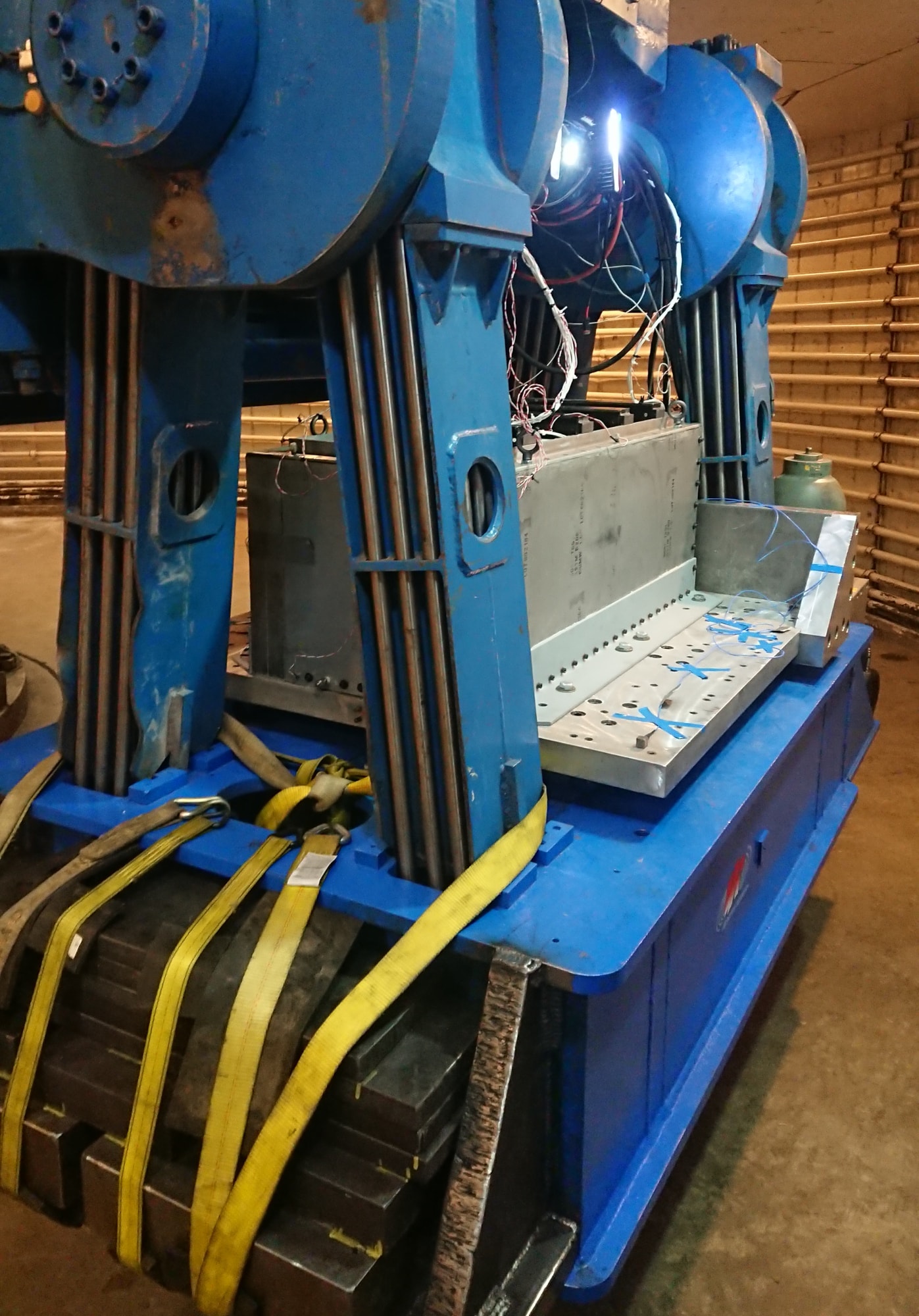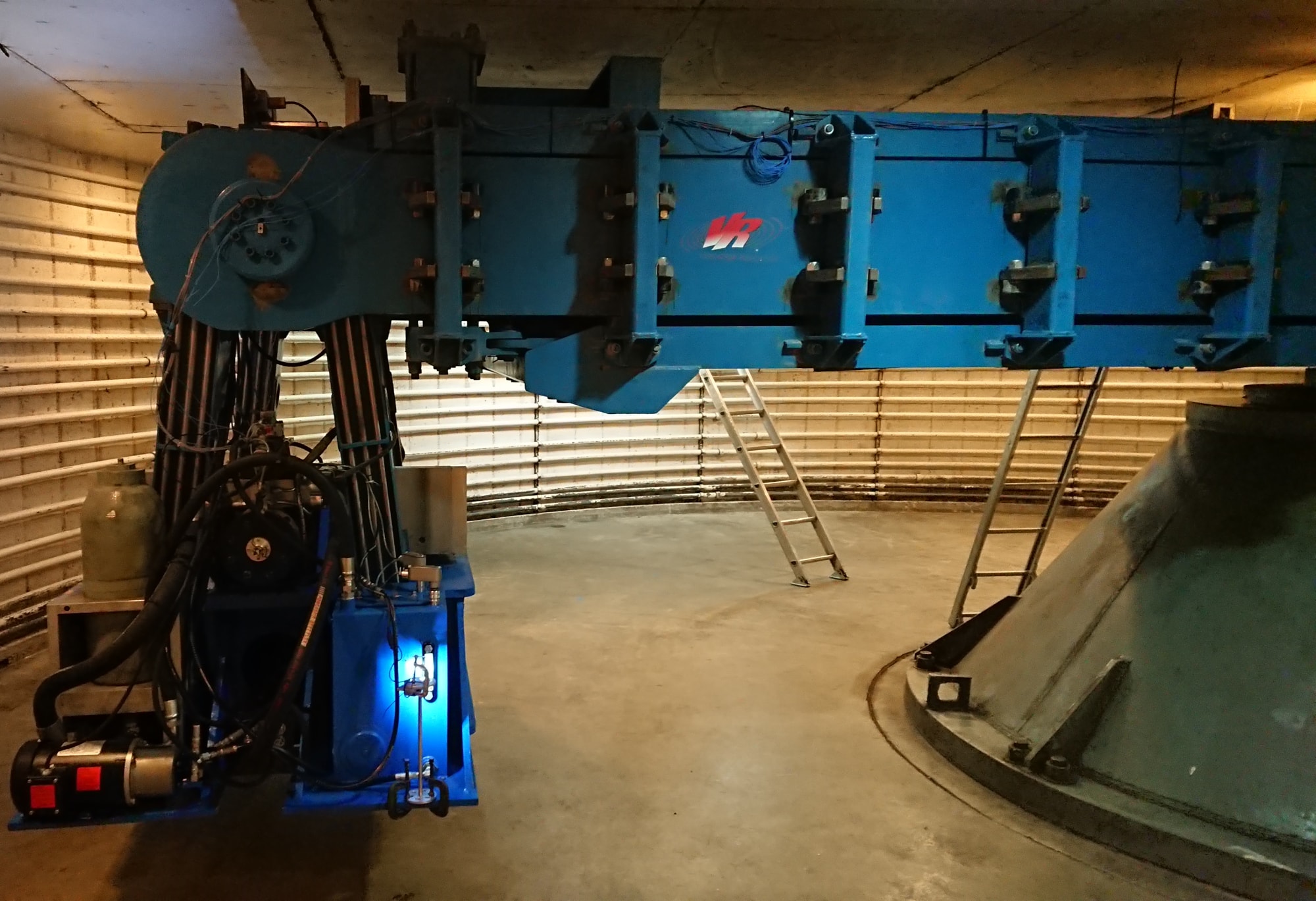Dynamic centrifuge modeling allows engineers to subject reduced-scale models of infrastructure to earthquake loading. However, the accepted centrifuge scaling laws demand an increased earthquake frequency and magnitude, necessitating powerful and well-controlled earthquake actuators. Researchers at the University of Colorado Boulder introduced a new servo-hydraulic earthquake actuator for its 400 g-ton centrifuge using a Vibration Research controller to improve the table performance. The research team presented their findings at the 10th International Conference on Physical Modelling in Geotechnics in Daejeon, Korea.

Earthquakes and Soil Mechanics
Engineers must build structures like buildings and bridges to withstand the region’s potential natural events, including earthquakes. The properties of the soil structure, such as strength and stiffness, change with varying stress conditions. Consideration of the soil’s behavior during a seismic event is important to the construction of the physical structure.
A seismic shock can transfer large loads to infrastructure through the soil. Further, it can trigger liquefaction, where loosely packed, saturated soil takes the form of a convenience store-like slushy, no longer able to support the surrounding structures. With the release of pressure from the solid material, the groundwater pressure rises and forces the liquified material up and out to the open ground.
Historically, liquefaction and similar phenomena have been the source of much damage during an earthquake. Civil engineering seeks to explain past collapses or failures of infrastructure due to earthquakes and test and improve the design of future civil engineering projects.
It is impractical for an engineering team to perform a field test of a complex loading event with a full-scale structure. Instead, using a centrifuge, they can create a scaled model that behaves identically to the full-scale version.
Centrifuge Modelling
Researchers have developed scaling laws for the model development of many physical phenomena, including earthquakes. Centrifuge modeling is a scaling technique that replicates a structure’s response to soil deformation and load transfer during a seismic event. First implemented in the 1930s, centrifuge modeling is now considered essential for geotechnical research [2].
 Similar to the high-g training of pilots or astronauts, the centrifuge makes the test object feel heavier. More specifically, the model feels an increase in stress and self-weight, thereby behaving identically to the full-scale case. While spinning, a shaker can simulate an earthquake on the soil models and miniature buildings or bridges.
Similar to the high-g training of pilots or astronauts, the centrifuge makes the test object feel heavier. More specifically, the model feels an increase in stress and self-weight, thereby behaving identically to the full-scale case. While spinning, a shaker can simulate an earthquake on the soil models and miniature buildings or bridges.
A New Shaker System
The 400 g-ton centrifuge at the University of Colorado Boulder is the most powerful and second-largest geotechnical centrifuge in the United States. An asymmetrical rotor arm is balanced about its center, with a fixed counterweight compartment at one end and a platform for the payload at the other. When the arm is fully extended, the platform can operate at a radius of 18ft, and it can accommodate a payload of up to 4x4x3ft and 4,000lbs. The centrifuge can apply 200g of centripetal acceleration, meaning the end of the centrifuge travels at about 232mph. (About 9g is the maximum most pilots can withstand.)

A research team at CU Boulder has recently sought to upgrade the earthquake shaker system. The new design uses a servo-hydraulic system, a large and rapid release of energy from pressurized hydraulic fluid drives the actuator. The team’s goal was to maximize the payload capacity and increase the range and repeatability of earthquake motions.
Centrifuge scaling laws require that an increase between the full-scale and applied model accelerations and the shaking frequencies follows a model scale factor, which can be demanding on the control system. For example, at 100g, a 0.5g earthquake at 1Hz would require 50g of sideways shaking and 100g of centripetal acceleration at 100Hz. Accurately achieving these larger and faster motions was possible by incorporating Vibration Research’s control software to optimize the shaker drive signal.
The CU Boulder team outlines their hydraulic design, including the shake table control strategy, in the paper “Development of a new servo-hydraulic earthquake actuator for the 400 g-ton Centrifuge at the University of Colorado Boulder.” The paper also presents the preliminary results in terms of the shaker’s ability to replicate a given acceleration time history. If you want to learn more about seismic vibration control, please visit our Seismic Testing page. For more information about the use of the CU Boulder centrifuge for academic research or industrial applications, see Getting Started | CIEST.
Last updated: June 29, 2023
